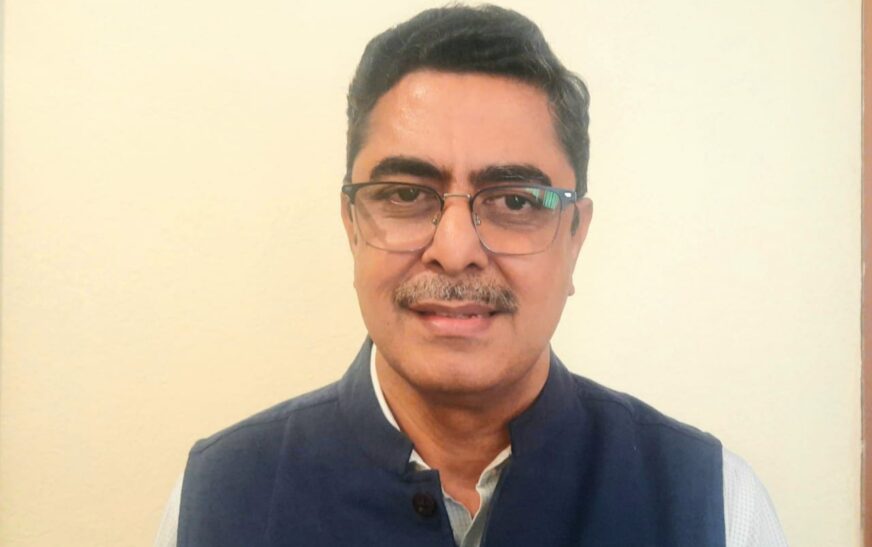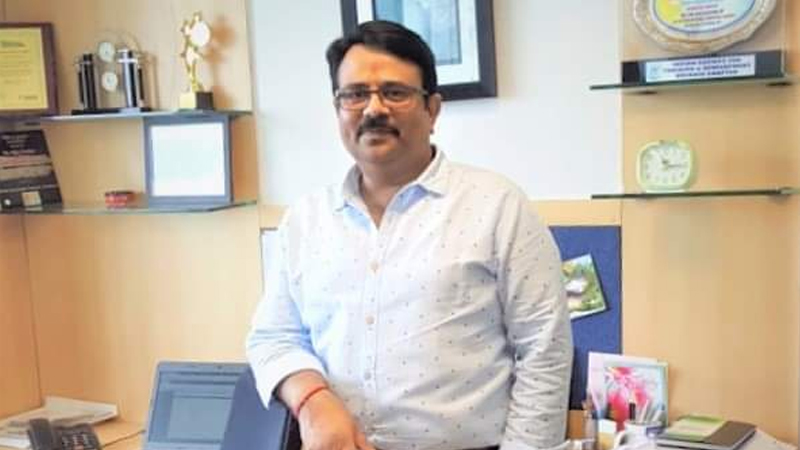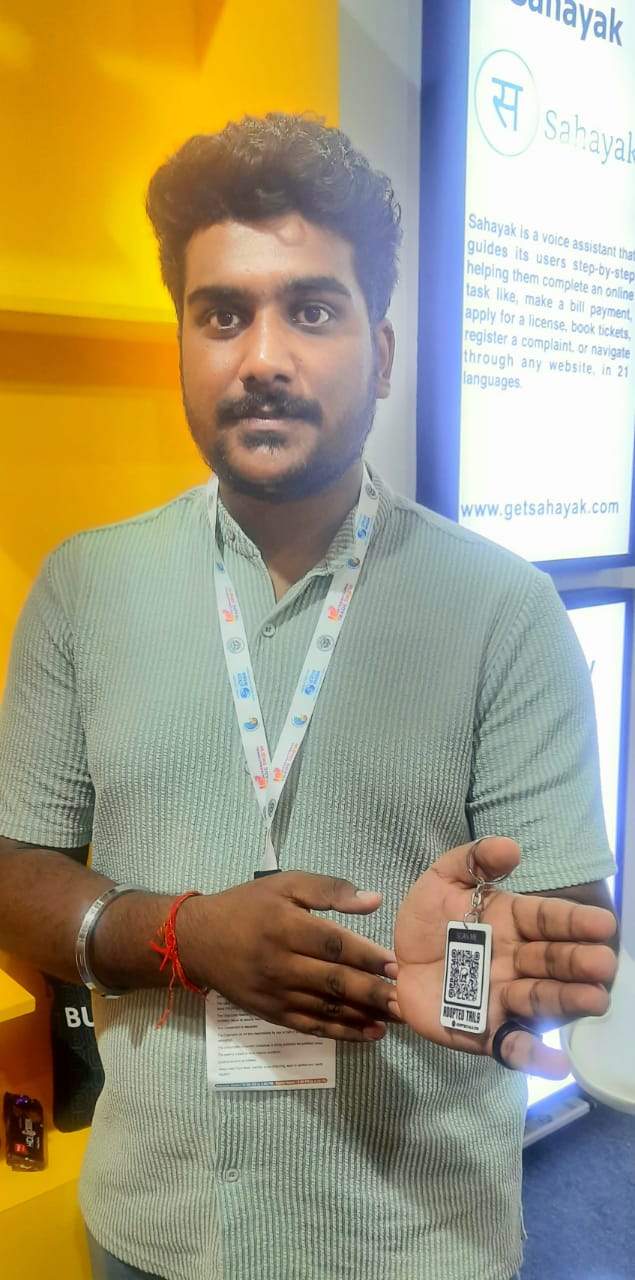Founded in 2014 by the National Skill Development Corporation and a consortium of industry leaders, the Life Sciences Sector Skill Development Council (LSSSDC) stands as India’s singular, NCVET‑recognised authority for vocational certification in the life‑sciences arena. Reporting to the Ministry of Skill Development & Entrepreneurship, the Council commands the entire spectrum of the sector—pharmaceuticals (spanning Ayush, cosmetics, and nutraceuticals), biotechnology, medical devices, in‑vitro diagnostics, and research‑and‑development services.
LSSSDC drives capability from “bench to clinic.” First, it maps the skills that employers actually demand. Next, it crafts rigorous National Occupational Standards. Then, through a nationwide network of accredited training partners and master trainers, it delivers industry‑calibrated courses, impartial assessments, and globally portable certifications. The Council also authors job roles (QPs), advises on apprenticeships, and spearheads Recognition of Prior Learning (RPL) so experienced workers can prove—and improve—their competence. Thus far, it has certified more than 27,500 learners, executed over 52,600 RPL assessments, and facilitated employment for 24,500 professionals. Yet the Council refuses to rest: it has set an ambitious target—skill six million Indians within the coming decade—while working hand‑in‑hand with academia and enterprise to keep curricula future‑ready.
During ASSOCHAM’s third Conference on Beauty, Wellness, and Traditional Medicine—fittingly titled “From Tradition to Transformation: Shaping the Future of Holistic Health”—The Interview World secured an exclusive dialogue with LSSSDC’s CEO, Goutam Bhattacharya. With candour and precision, Bhattacharya outlined the Council’s blueprint for expanding Ayurveda‑focused capacity, evaluated industry and workforce preparedness, and championed the synergy of automation and human ingenuity. Above all, he argued that targeted skilling remains India’s sharpest instrument against chronic unemployability. The following insights distil his compelling vision.
Q: Can you elaborate on your organization’s mandate and initiatives for capacity building and skill development in the field of Ayurveda?
A: The Life Sciences Sector Skill Development Council (LSSSDC) trains talent for every step of the life‑sciences value chain. It begins at the whiteboard, where researchers sketch first‑generation ideas. It ends in the hospital, where clinicians receive finished therapies. In between, the Council addresses research, process development, scale‑up manufacturing, quality control, packaging, sales, marketing, and distribution across pharmaceuticals, biopharmaceuticals, biotechnology, medical devices, and the Ayush domain.
LSSSDC starts by listening. Its team sits down with seasoned executives and trade bodies, probes for hard performance data, and pinpoints the exact competencies companies lack. Once those gaps surface, the Council writes laser‑focused training blueprints. It then mobilises a nationwide network of accredited academies to deliver hands‑on courses, each mapped to real shop‑floor tasks and measurable business results. Graduates walk out ready to raise productivity on day one. Companies, in turn, enjoy an uninterrupted pipeline of job‑ready professionals—precisely the workforce they asked for, no guesswork, no downtime.
The Ayurvedic sector benefits from the same rigour. Because modern Ayurvedic products rely on tableting, encapsulation, and sterile‑fill technologies identical to mainstream pharma, LSSSDC simply adapts its existing Good Manufacturing Practice modules. Current employees earn quick up‑skilling credentials. New entrants learn production methods, compliance protocols, and safety standards in one tightly integrated programme. Consequently, Ayurveda manufacturers gain staff who can switch from classical formulations to high‑volume lines without costly retraining.
This closed‑loop approach—industry‑driven diagnosis followed by precision skilling—keeps the Council’s mandate clear: supply talent before bottlenecks appear. By translating boardroom pain points into classroom solutions, LSSSDC turns skills into immediate operational advantages. In short, the Council does not just train people; it future‑proofs India’s life‑sciences engine.
Q: How would you assess the current readiness of the industry and workforce in terms of the availability of skilled, employment-ready personnel in the country?
A: Our skill‑gap audits expose a blunt truth: almost every fresh graduate that life‑sciences firms recruit must endure six to twelve months of remedial training before contributing real value. The paradox is glaring. Students emerge from pharmacy schools and other marquee institutions clutching impressive transcripts, yet many cannot operate a basic HPLC, interpret chromatograms, or set up a stability study. Theory alone does not calibrate an instrument—or meet a production deadline.
Industry demands graduates who can translate formulas into flawless lab work. Therefore, the Life Sciences Sector Skill Development Council has designed curricula that marry concept with craft. Each module pairs concise classroom briefings with intensive, hands‑on practice—either at physical training centres or through immersive AR/VR simulations that replicate real‑world equipment. Trainees finish knowing exactly how to run assays, troubleshoot instruments, and document results to GMP standards.
The Council is ready; the toolkit exists. What remains is rapid adoption by industry. Until companies embed these competency‑based programmes into their onboarding pipelines, they will continue to bleed time and money bridging basic skills that academia still overlooks.
Q: As automation and robotics increasingly enter specialized fields such as healthcare, how do you envision the collaboration between technology and human expertise shaping up in the near future?
A: Automation and AI no longer lurk on the horizon—they dominate every corner of modern operations. Payroll once required an HR specialist; packaging once demanded a line operator. Today, algorithms cut pay checks, and robotic arms seal cartons. Because this wave of intelligent automation spares no sector, the Life Sciences Sector Skill Development Council tracks each advance with forensic precision.
First, our team consults industry leaders to pinpoint emerging technologies and the resulting talent gaps. Next, we translate their forecasts into course blueprints that blend present‑day competencies with tomorrow’s demands—machine‑vision inspection, AI‑driven analytics, and fully automated production lines. We then invite colleges to embed these blueprints directly into final‑semester curricula. The proposition is simple: finish your degree with a programme that fuses academic rigour and future‑proof skills, followed by an apprenticeship that validates them on the shop floor.
Early adopters attest to the payoff. Their graduating classes leave campus fluent in automation protocols and AI tooling, ready to accelerate productivity on day one. By weaving our forward‑looking modules into mainstream education, we ensure a talent pipeline that grows in lockstep with industry’s rapidly evolving needs.
Q: Assuming academic institutions implement your suggestions comprehensively, in what ways will this help reduce unemployment at a national level?
A: India’s unemployment crisis is rooted not in a shortage of jobs, but in a shortage of job‑ready graduates. Industry needs hires who can deliver value on day one; it cannot afford to spend eighteen months training recruits who then walk away just as they become productive.
The solution is obvious yet urgent: embed rigorous, industry‑aligned training at the university level. The Life Sciences Sector Skill Development Council already partners with colleges to deliver such programmes. We alert industry associations and individual firms that skilled talent will graduate from these campuses, then organise job fairs where employers recruit directly.
Demand is enormous. India’s growth trajectory creates a constant appetite for qualified professionals. When companies can count on a steady pipeline of skilled workers, they invest, expand, and create even more jobs. Conversely, uncertainty about talent supply stalls investment.
Prime Minister Modi’s vision of India as a developed, multi‑trillion‑dollar economy by 2047 hinges on one factor: a deep reservoir of skilled manpower. Existing enterprises must scale exponentially, and new entrepreneurs must enter the arena. None of this can happen unless universities produce graduates who meet industry standards from day one.
In short, skill development is not just a social imperative—it is the decisive lever for national prosperity. The sooner we close the employability gap, the faster India will transform aspiration into achievement.









